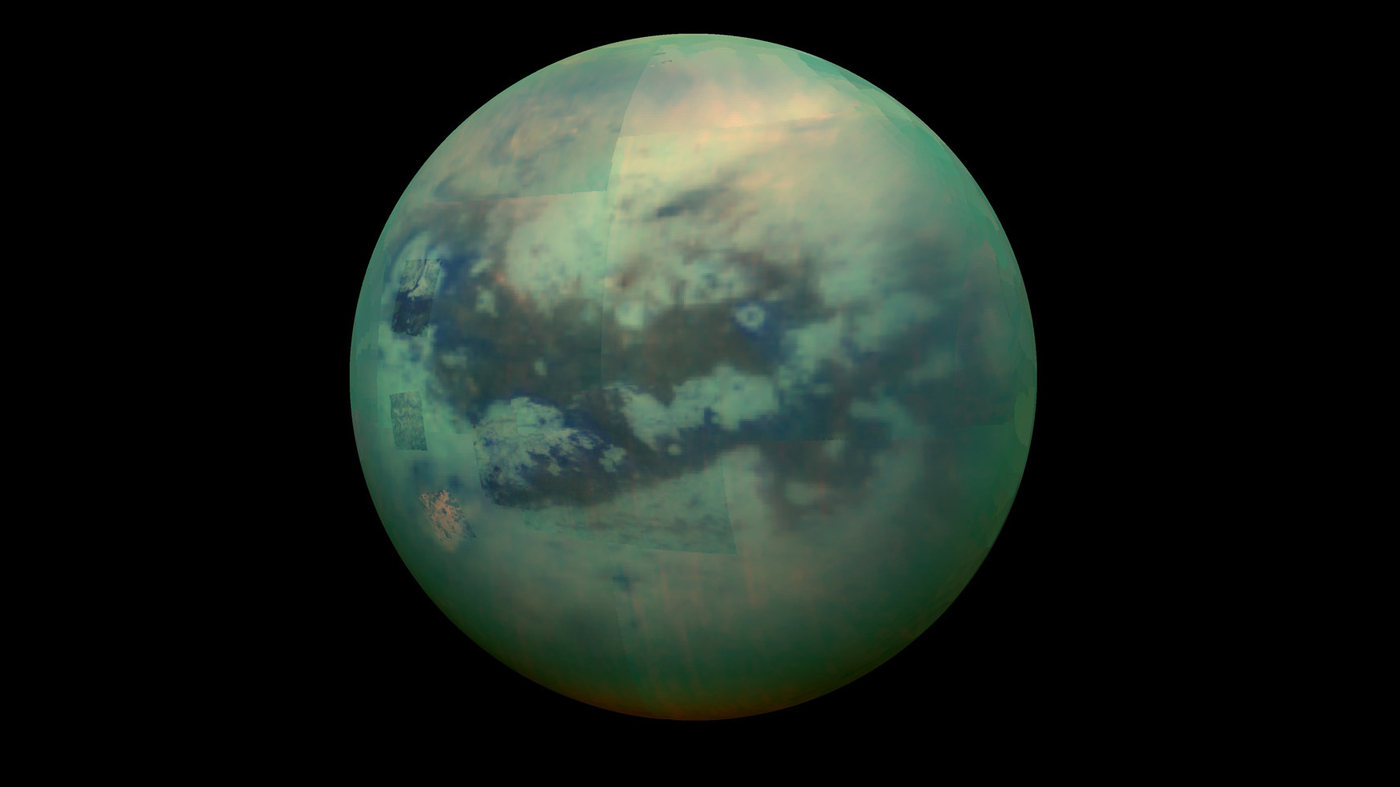Titan, Saturn’s largest moon, is a fascinating world with a thick atmosphere and a surface covered in lakes and rivers of liquid methane and ethane. It is the only moon in the solar system with a dense atmosphere, making it a prime target for the search for extraterrestrial life.
Physical Characteristics
- Size: Titan is slightly larger than Earth’s Moon, with a diameter of about 3,200 miles (5,150 kilometers).
- Atmosphere: Titan’s atmosphere is composed primarily of nitrogen, with smaller amounts of methane, ethane, and other hydrocarbons. The atmosphere is denser than Earth’s and is thought to be similar to Earth’s atmosphere before life appeared.
- Surface: Titan’s surface is covered in a thick haze of hydrocarbons, making it difficult to see from space. However, radar imaging has revealed a complex landscape of mountains, valleys, and lakes.
Lakes and Rivers
One of the most fascinating features of Titan is its lakes and rivers. These bodies of liquid methane and ethane are thought to be similar to Earth’s water cycle. Titan’s weather is driven by the evaporation and condensation of methane, which creates clouds and precipitation.
The Search for Life
The possibility of life on Titan is one of the most exciting questions in planetary science. While Titan’s environment is extremely cold and harsh, it may be possible for microbial life to exist in the subsurface. Some scientists believe that Titan’s lakes and rivers could provide a habitable environment for methane-based life forms.
Exploration of Titan
Titan has been visited by several spacecraft, including the Cassini mission, which orbited Saturn from 2004 to 2017. The Cassini spacecraft released the Huygens probe, which landed on Titan’s surface in 2005. Huygens took images of Titan’s surface and collected data about its atmosphere and geology.
There are plans for future missions to Titan, including the Dragonfly mission, which is scheduled to launch in 2026. Dragonfly will be a drone that will explore Titan’s surface, searching for signs of life and studying the moon’s geology and atmosphere.
Titan is a fascinating world with the potential to revolutionize our understanding of the universe. As we continue to explore this moon, we may discover evidence of extraterrestrial life and gain new insights into the origins of life on Earth.
